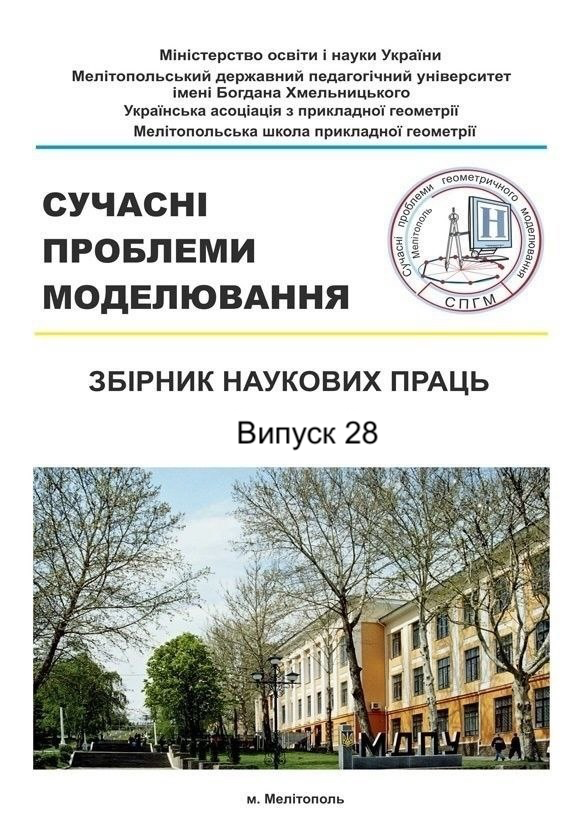CALCULATION OF ELECTRIC POWER AND TEMPERATURE DISTRIBUTION IN AN ELECTRIC HEAT ACCUMULATING CONVERTER
Abstract
This study presents the development and implementation of a three-dimensional mathematical model for calculating the distribution of active electric power and temperature within an Electric Heat-Storage Converter (EHSC). The model is based on the method of secondary sources, which enables precise simulation of electromagnetic processes in inhomogeneous media with complex geometry and variable material properties. The proposed approach is particularly relevant for autonomous hot-water-supply systems, where energy efficiency, reliability, and the integration of renewable energy sources are critical.
The electric heat-storage converter operates by accumulating thermal energy during off-peak hours when electricity tariffs are low, and releasing this energy during peak demand periods. This mode of operation significantly reduces energy costs, enhances energy autonomy, and reduces the load on electrical grids. The converter’s design–compact, reliable, and compatible with standard three-phase grids–allows for easy integration into both new and existing systems, including solar thermal complexes, mini-boiler plants, and hybrid configurations.
A numerical method was applied using discretization of the converter volume into elementary geometric subdomains, with linear temperature distribution assumed within each. The Fredholm integral equations of the second kind, derived through the method of secondary sources, were solved numerically to simulate the electromagnetic field and calculate instantaneous power density. The results confirm the feasibility and accuracy of the proposed model for engineering applications.
Ultimately, the findings support the effectiveness of electric heat-storage converters as energy-efficient components in decentralized heating infrastructures, and demonstrate the practical value of advanced computational methods–especially the method of secondary sources–for analyzing and optimizing such systems.
Keywords: electric heat-storage converter, energy efficiency, secondary sources method, hot-water supply systems, electromagnetic field modeling, thermal storage, numerical simulation




